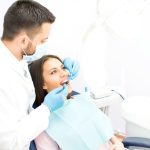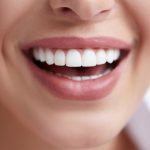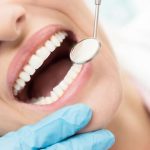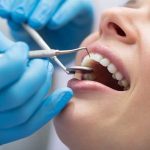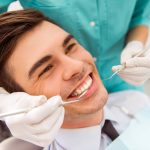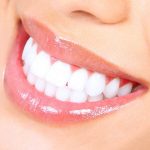Why Teeth Shift After Braces: Understanding the Causes and Prevention Tips
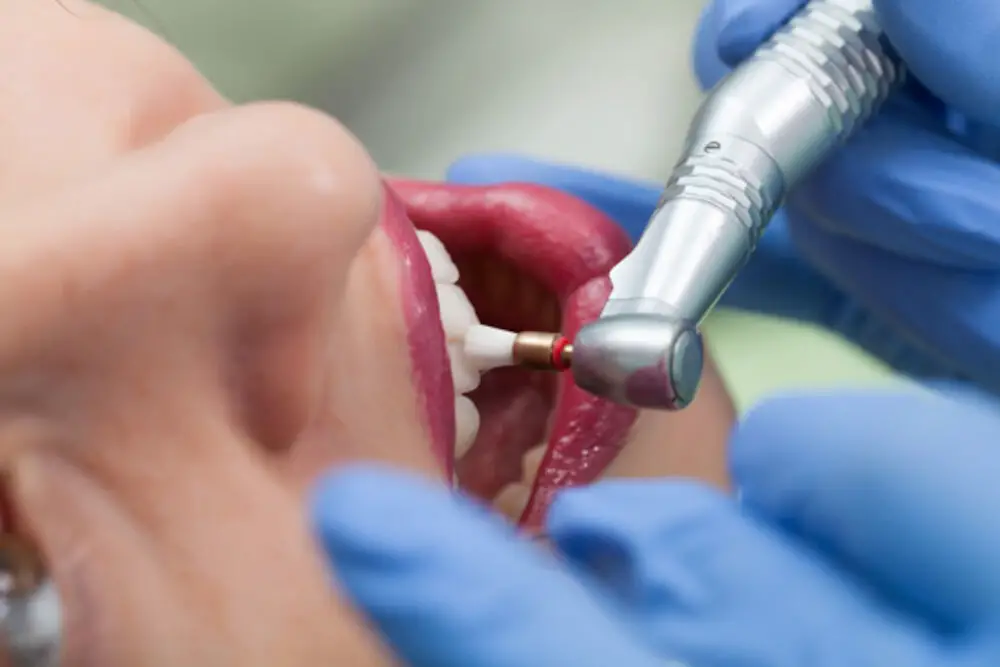
A beautiful smile is something that everyone desires, and braces have been a reliable solution for correcting misaligned teeth. However, after the braces come off, some people may notice their teeth beginning to shift back to their original position. This can be frustrating and disheartening, especially after investing time and resources into orthodontic treatment. Understanding why teeth shift after braces and how to prevent it is crucial for maintaining a healthy, straight smile. Several factors contribute to why teeth shift after braces. One of the primary reasons is the lack of retainer use after treatment. Retainers help to keep the teeth in their new position by preventing them from shifting back. Without consistent use, the teeth can gradually move back to their original position. Additionally, changes in the oral environment, such as wisdom teeth eruption or gum disease, can also cause teeth to shift. Understanding these causes and taking preventive measures can help individuals maintain their beautiful, straight smile even after braces.
Braces are orthodontic devices used to straighten and align teeth. They consist of brackets, wires, and bands that are attached to the teeth and exert pressure to move them into the desired position. The purpose of braces is to correct various dental problems such as crooked teeth, overcrowding, and misaligned bites. By applying constant pressure, braces gradually move the teeth into the correct alignment, creating a more aesthetically pleasing smile and improving dental function. Despite the discomfort and inconvenience that braces can cause, they are an effective way to correct dental problems and prevent further complications such as gum disease, tooth decay, and jaw problems.
After braces are removed, teeth may shift due to a variety of reasons. One of the primary factors is the natural tendency of teeth to move back to their original position, which is known as relapse. This occurs because braces only correct the alignment of teeth, but they do not address the underlying issues that caused misalignment in the first place. Additionally, changes in the jaw and facial structure during adulthood can also cause teeth to shift. Habits such as mouth breathing, teeth grinding, and thumb-sucking can also contribute to relapse. To prevent teeth from shifting after braces, it is essential to wear retainers as prescribed by the orthodontist and maintain good oral hygiene habits.
Natural Changes in Teeth
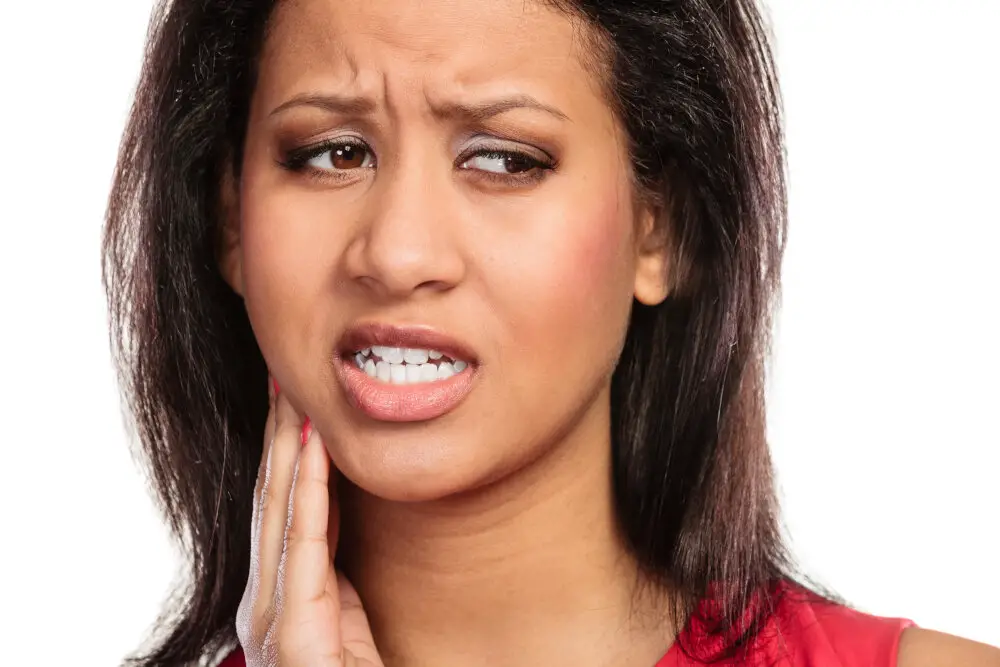
Natural changes in teeth are a common occurrence that happens throughout our lives. As we age, our bodies change and so do our teeth. One natural change that can occur is teeth shifting. This can happen for a variety of reasons, including changes in the bone structure of our jaws, natural wear and tear on our teeth, and even changes in our bodies due to hormonal imbalances. While some of these changes are unavoidable, there are steps that you can take to prevent teeth shifting and keep your smile looking its best. One common cause of teeth shifting is the loss of bone density in our jaws. As we age, our bones naturally become weaker, and this can affect the stability of our teeth. Additionally, changes in our hormonal levels can also affect the density of our bones and lead to teeth shifting. Women going through menopause, for example, may experience changes in their jawbone density that can cause their teeth to shift. To prevent this from happening, it is important to maintain good oral hygiene habits, including regular brushing and flossing, and to visit your dentist regularly for checkups and cleanings. Your dentist can also recommend other preventative measures, such as mouth guards or orthodontic appliances, to help keep your teeth in place.
Teeth naturally shift over time due to a combination of factors such as genetics, aging, and the forces exerted upon them by the surrounding muscles and tissues. As we age, our teeth and gums may become weaker, allowing for more movement. Additionally, the natural forces of chewing, clenching, and grinding can cause teeth to shift and move. Genetics also play a role, as some individuals may be more prone to tooth shifting due to the shape and size of their teeth or the structure of their jaw. While braces can help to straighten teeth and prevent further shifting, it is important to maintain good oral hygiene and wear retainers as prescribed to prevent any further movement.
Aging is a natural process that affects every aspect of our body, including our teeth. As we get older, our facial bones lose density, and our gums may recede, causing the teeth to shift. This is because the supporting bone structure around the teeth weakens, and the ligaments that hold the teeth in place also become less supportive. Additionally, teeth can shift due to the natural wear and tear that occurs as we use them daily. Over time, this can cause the teeth to become overcrowded or misaligned, leading to further dental issues. To prevent teeth from shifting as we age, it’s important to maintain good oral hygiene, visit the dentist regularly, and consider orthodontic treatment if necessary.
After completing orthodontic treatment with braces, patients are often excited to show off their newly straight teeth. However, it’s important to understand that teeth shifting can occur after braces if proper retention measures aren’t taken. This can happen due to a variety of factors such as genetics, age, and oral habits. Without a retainer, teeth can gradually shift back to their original positions, resulting in crooked teeth or bite issues. It’s crucial for patients to wear their retainer as directed by their orthodontist to prevent any shifting from occurring. Additionally, maintaining good oral hygiene and avoiding habits such as nail-biting and teeth grinding can also help prevent teeth from shifting after braces.
Lack of Retainer Use
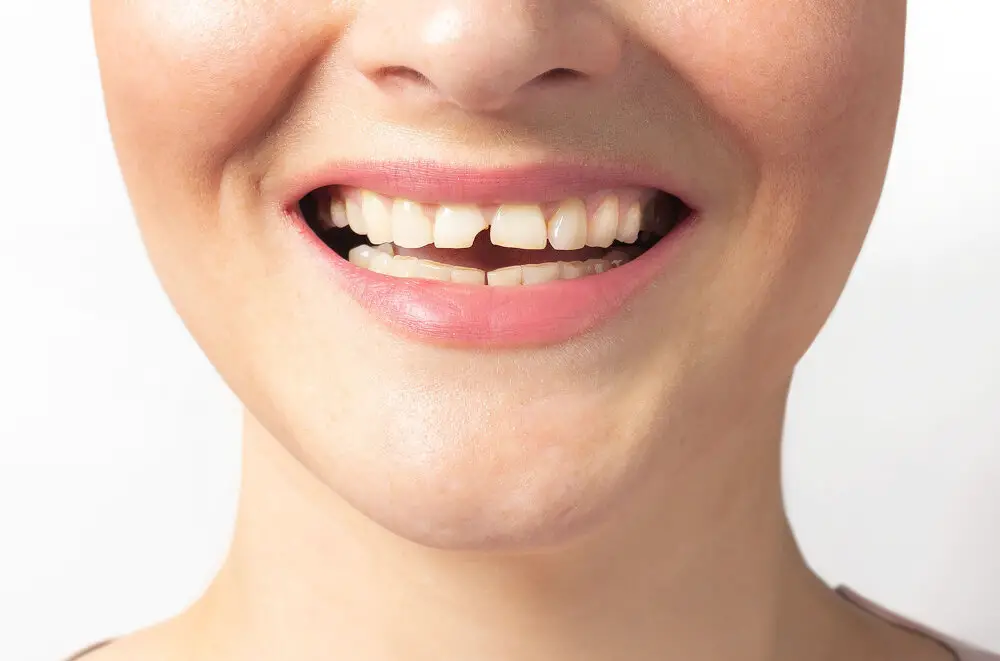
After wearing braces, the teeth may shift back to their original position if the patient fails to wear their retainer as directed by the orthodontist. Retainers are essential to maintain the new position of teeth after braces. They help to hold the teeth in their new position and prevent them from shifting back. Lack of retainer use is a common cause of teeth shifting after braces. Patients who do not wear their retainers as prescribed by their orthodontist risk losing their progress and may need to undergo orthodontic treatment again. The duration of retainer use varies depending on the patient’s individual needs. Some may need to wear them for a few months, while others may need to wear them for several years. It is crucial for patients to follow their orthodontist’s instructions on how long to wear their retainers. Failure to do so can result in teeth shifting and can cause other dental problems. It is essential to keep in mind that the teeth are always shifting, and retainers help to maintain their new position after braces.
Retainers are custom-made oral devices that are worn after the removal of braces. They are designed to help keep teeth in their new position and prevent them from shifting again. Retainers can be made of different materials, including plastic or metal, and they can be removable or fixed. Retainers are crucial to maintaining the results achieved by braces since teeth have a natural tendency to shift back to their original position. Wearing retainers as prescribed by the orthodontist is essential to prevent this from happening. Retainers need to be worn consistently for a period of time recommended by the orthodontist, and their maintenance is also crucial to ensure their effectiveness.
After braces, teeth may naturally shift back to their original positions. However, not using retainers can exacerbate this problem. Retainers are custom-made orthodontic appliances that help keep teeth in place after braces. Without retainers, teeth may shift due to the natural force of chewing, biting, and even talking. Over time, teeth may move out of alignment, resulting in crooked teeth, gaps, or other dental issues. Moreover, the longer you go without wearing retainers, the more likely your teeth are to shift. Therefore, it’s important to wear retainers as recommended by your orthodontist to prevent teeth from shifting and maintain a straight, healthy smile.
Using retainers after braces is essential to ensure that your teeth stay in their new position. After braces, your teeth are susceptible to shifting back to their original position, which can undo all the hard work and expense of orthodontic treatment. Retainers are custom-made to fit your teeth and keep them in place. They work by applying gentle pressure to the teeth, preventing them from moving out of alignment. Retainers also help to maintain the proper bite and alignment of your teeth, which can improve your overall dental health. Without retainers, your teeth can shift back into their original position, causing problems with chewing, speech, and appearance. Therefore, it is crucial to wear retainers as directed by your orthodontist to ensure a successful outcome from your orthodontic treatment.
Genetics
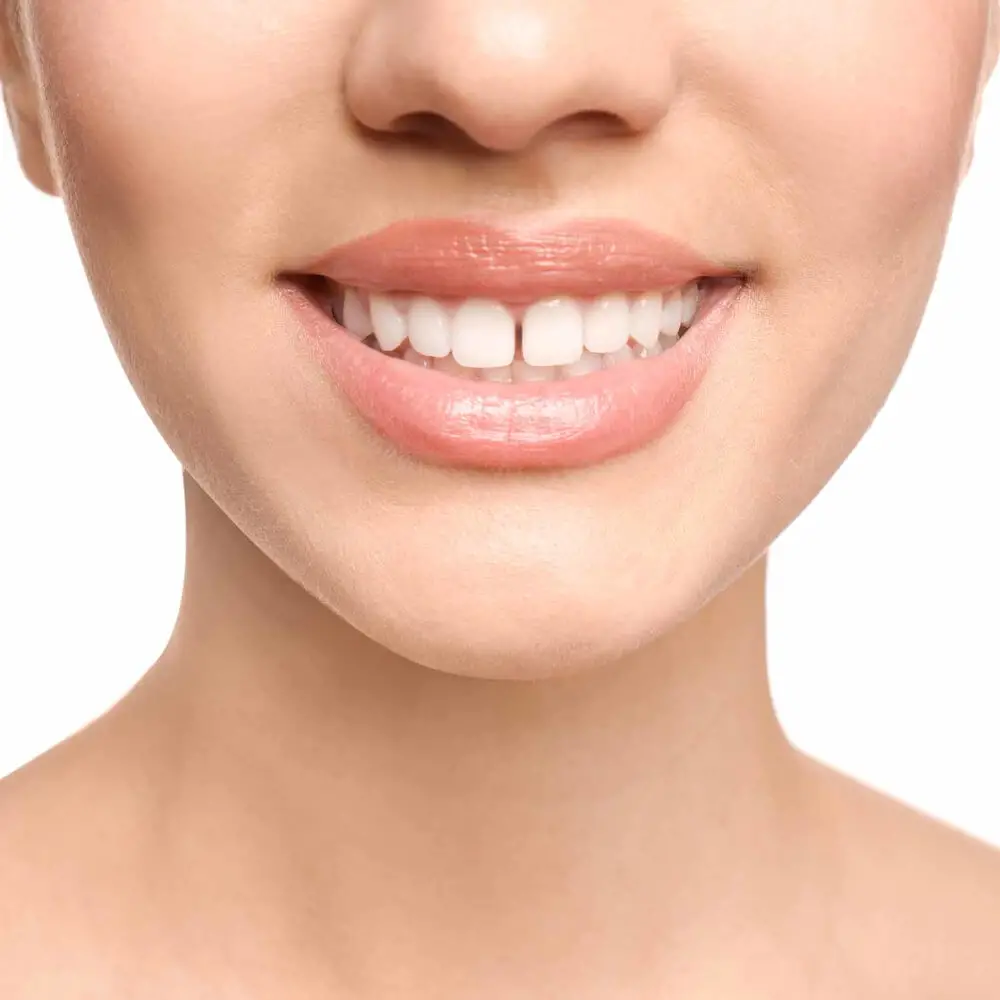
Genetics plays a significant role in determining the shape and size of our teeth, as well as the position of our jaws. The genes we inherit from our parents can affect the growth and development of our teeth, including their alignment. Some people may be genetically predisposed to have crowded or crooked teeth, which can increase the likelihood of teeth shifting after braces. Additionally, the size and shape of our jaws can also be influenced by genetics, which can impact the position of our teeth. Therefore, it is important to consider your family history when seeking orthodontic treatment to better understand the potential outcomes and challenges. While genetics can play a significant role in teeth shifting after braces, there are also external factors that can contribute to this issue. For instance, not wearing a retainer after your braces are removed can cause teeth to shift back to their original position. Additionally, habits such as teeth grinding, nail-biting, or using your teeth to open packages can also cause teeth to shift. Maintaining good oral hygiene and following the instructions provided by your orthodontist can help prevent teeth from shifting after braces. Regular dental check-ups can also help identify any issues early on, allowing for prompt treatment and prevention of further shifting.
Genetics plays a significant role in the position and development of teeth. The size and shape of the jawbone are inherited from parents, which directly affects the alignment of teeth. If the jawbone is too small or too large, teeth may become overcrowded or spaced apart, leading to misalignment. Additionally, the genes responsible for the development of teeth can cause variations in the size and shape of teeth, which can also result in misalignment. This genetic influence makes it difficult to prevent teeth shifting after braces, and in some cases, even braces may not be enough to correct the alignment. However, early intervention and monitoring of teeth development can help prevent or minimize the severity of shifting.
Inherited traits can play a significant role in why teeth shift after braces. The size and shape of our teeth and jaw, as well as the position of our roots, are all determined by genetics. If a person’s teeth are naturally crowded or spaced apart, it can make it more difficult for braces to properly align them, and there may be an increased risk of relapse after treatment. Additionally, some people may have weaker bone density or gum tissue, which can make it harder for teeth to stay in place after braces. While genetics cannot be changed, it is important for individuals to follow their orthodontist’s instructions for maintaining their post-braces smile, such as wearing retainers as directed, to help prevent any unwanted shifting.
Understanding your genetic factors is crucial when getting braces as genetics can play a significant role in the alignment of your teeth. The way your teeth move and shift can be influenced by your genes, and this information can be helpful in determining the type of braces or treatment plan that will work best for you. For example, if your parents have a narrow palate or overcrowding in their teeth, you may be more prone to these issues as well. Knowing this information can help your orthodontist create a treatment plan that is tailored to your unique needs and can help to prevent future shifting or misalignment of your teeth. By understanding your genetic factors, you can work with your orthodontist to achieve the best possible outcome for your orthodontic treatment.
Lifestyle Factors
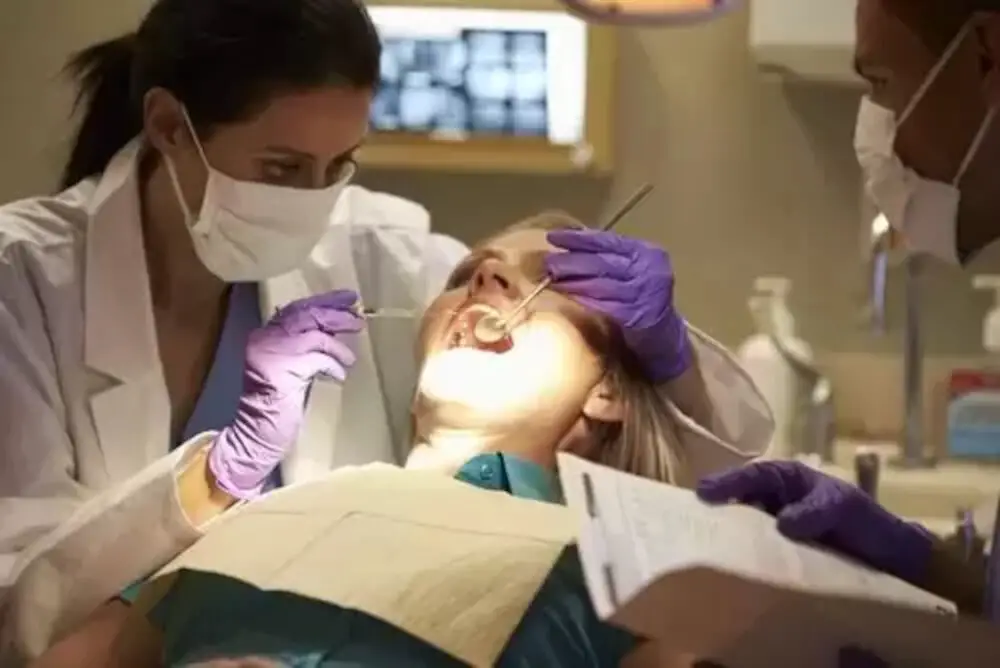
Lifestyle factors play a significant role in the shifting of teeth after braces. The most common lifestyle factor is failing to wear a retainer as directed by the orthodontist. The retainer is an essential tool that helps to keep the teeth in their new position after braces. Failing to wear the retainer regularly can cause the teeth to shift back to their original position, which can undo all the progress made by the braces. Therefore, it is crucial to wear the retainer as directed by the orthodontist to prevent teeth shifting after braces. Another lifestyle factor that can cause teeth to shift after braces is poor oral hygiene. Failing to maintain proper oral hygiene can cause gum disease, which can lead to the loss of teeth or bone structure. When the bone structure is compromised, the teeth can shift out of their new position. Therefore, it is essential to maintain proper oral hygiene, including brushing twice a day, flossing, and using mouthwash, to prevent gum disease and teeth shifting after braces. Additionally, avoiding habits such as smoking, excessive drinking, and eating sugary foods can also help maintain proper oral hygiene and prevent teeth shifting after braces.
Lifestyle factors can have a significant impact on teeth position. For instance, chronic thumb-sucking or pacifier use can cause a misalignment of the teeth, particularly in children. Other habits, such as nail-biting or pen chewing, can also contribute to shifting teeth. Poor oral hygiene can lead to gum disease, which can cause teeth to loosen and shift. Additionally, a diet high in sugary and acidic foods can erode tooth enamel, making teeth more susceptible to shifting. Finally, trauma to the mouth can cause teeth to move out of place. By avoiding these risk factors and maintaining good oral hygiene habits, individuals can reduce the likelihood of experiencing tooth shifting after braces.
Habits such as smoking and teeth grinding can cause teeth to shift by exerting constant pressure on them. Smoking, for instance, reduces the amount of oxygen in the blood, which impairs the healing process and weakens bone density. This makes the teeth more susceptible to shifting over time. On the other hand, teeth grinding or bruxism puts excessive pressure on the teeth, causing them to shift out of their proper alignment. Teeth grinding can also wear down the enamel, making the teeth more vulnerable to decay and further shifting. Therefore, breaking these habits is essential to prevent teeth from shifting after braces and maintaining proper oral health.
Making positive lifestyle choices can play a significant role in preventing teeth shifting after braces. Consistent dental hygiene, including daily brushing and flossing, can help maintain the alignment of teeth. Avoiding foods that are hard, sticky, or chewy can help prevent damage to braces or teeth, which can cause shifting. Additionally, wearing a retainer as prescribed by the orthodontist can help keep teeth in their proper position. Maintaining a healthy diet and avoiding habits such as smoking can also promote overall dental health and prevent the shifting of teeth after braces. By making conscious choices and taking care of oral health, individuals can maintain a beautiful and healthy smile for years to come.
After braces, teeth can shift due to various reasons. One of the primary causes is the natural aging process, which can cause teeth to shift over time. Another common cause is not wearing a retainer as recommended by the orthodontist. Retainers help to maintain the new position of the teeth after braces, and failure to wear them can cause teeth to shift back to their original position. Other factors that can contribute to teeth shifting after braces include genetics, gum disease, wisdom teeth eruption, and habits such as grinding or clenching teeth. It is essential to follow the orthodontist’s instructions and take proper care of the teeth to prevent shifting after braces.
After undergoing orthodontic treatment, it is essential to use retainers to maintain the position of the teeth. The teeth have a natural tendency to shift back to their original position, and retainers help prevent this from happening. However, retainers alone are not enough to ensure long-term success. Making positive lifestyle choices such as avoiding hard and sticky foods, wearing a mouthguard during physical activity, and quitting smoking can also help maintain dental alignment. Additionally, practicing good oral hygiene habits, such as brushing and flossing regularly, can prevent gum disease and other dental issues that can lead to tooth movement. By using retainers and making positive lifestyle choices, individuals can ensure their beautiful smile lasts a lifetime.
Maintaining good oral health is crucial not only for keeping your teeth and gums healthy but also for preventing the unwanted shifting of teeth after braces. Neglecting oral hygiene can lead to the buildup of plaque and bacteria, which can weaken the gums and cause them to recede. This, in turn, can cause the teeth to become loose and shift out of place. Regular brushing, flossing, and dental check-ups can help prevent these problems and ensure that your teeth stay healthy and strong. Additionally, avoiding bad habits such as smoking and excessive alcohol consumption can also help keep your teeth and gums healthy. By taking care of your oral health, you can avoid the need for costly orthodontic treatments to fix shifting teeth and maintain a beautiful, healthy smile for years to come.
Conclusion
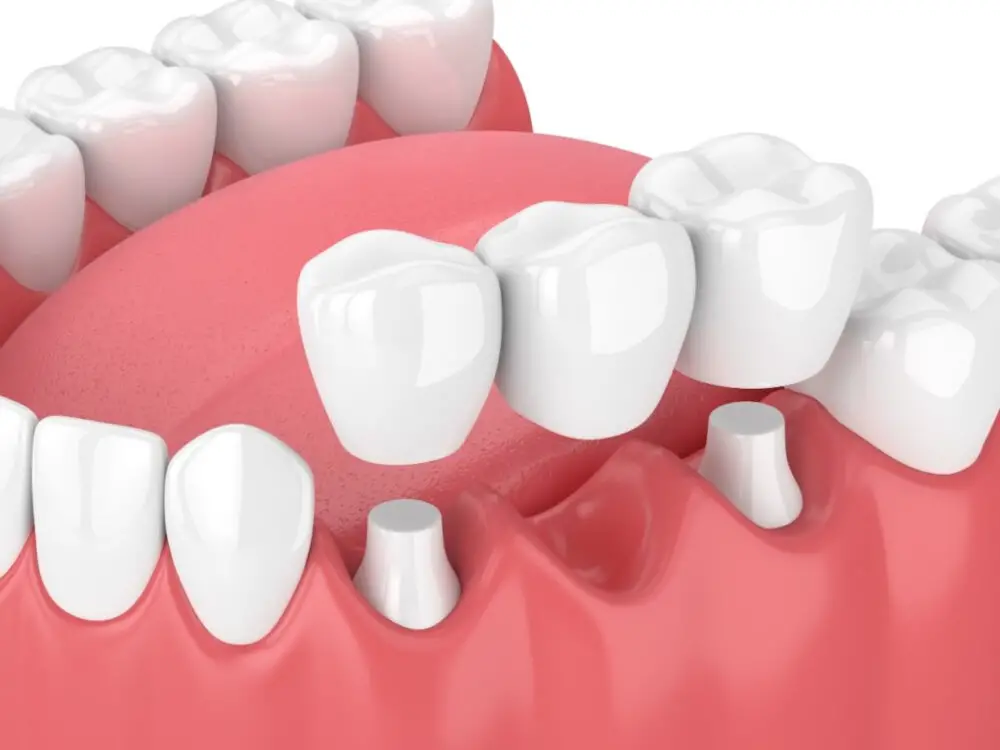
In conclusion, it is important to understand that teeth shifting after braces is a common occurrence and can be caused by a variety of factors. While some of these factors may be out of our control, such as natural aging and genetics, there are several preventative measures that can be taken to minimize the risk of teeth shifting. These include wearing a retainer as directed by your orthodontist, maintaining good oral hygiene, avoiding habits such as nail-biting and teeth grinding, and seeking prompt treatment for any dental issues that may arise. By taking these steps, we can help ensure that we maintain a healthy, beautiful smile for years to come.
